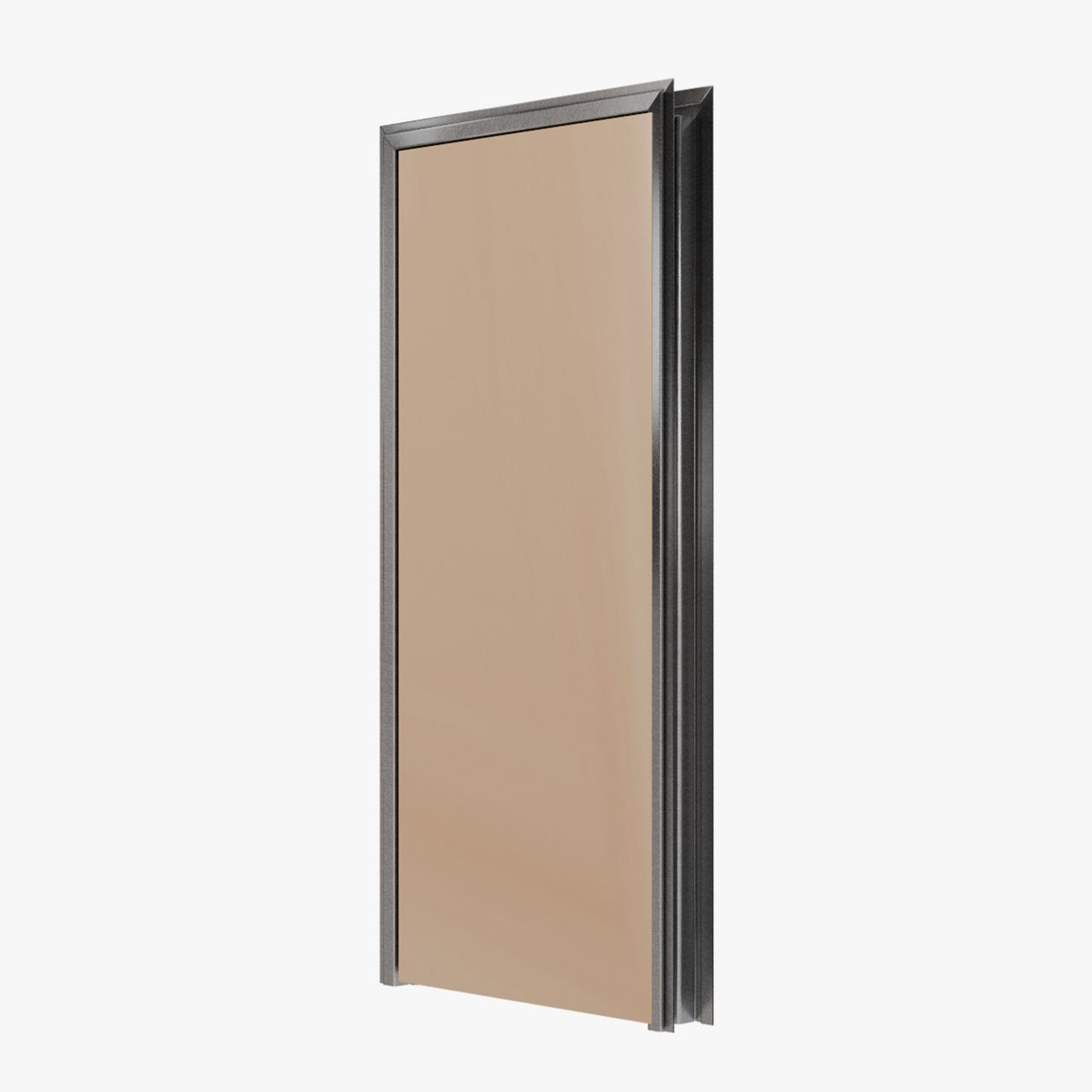Acoustic Doors
Acoustic Doors
Acoustic door sets provide sound attenuation between rooms and spaces by incorporating a sound-rated acoustic door, frame hardware and acoustic seals. The three components – door leaf, frame, and seals together deliver an effective acoustic door system.
Suited for specialist spaces including concert halls, commercial sound studios, school music rooms, and privacy rooms. Acoustic doors prevent noise interference between spaces where quiet is imperative for privacy, the room's function, hearing protection, and more. Spence Doors acoustic door range is tested and proven for perrformance to the following results:
Non-Fire-Rated: Single Door (No Cladding): Up to Rw 44 / Single Door (With Cladding): Up to Rw 47 / Pair Door: Up to Rw 42
1-Hour Fire-Rated: Single Door: Up to Rw 30 / Pair Door: Up to Rw 30.
2-Hour Fire-Rated: Single Door (No Cladding): Up to Rw 31 / Single Door (With Cladding): Up to Rw 40 / Interconnecting Door: Up to Rw 50.
With independent sound measurement test reports from the CSIRO/Acoustic Engineering Laboratories, our Acoustic Door Systems meet Australian Standard AS1191:2002 & ISO 140.3:1195 for acoustic performance. Many of these door sets are also fire tested for simultanous compliance with AS 1530.4:2014.
Door Leaf + Frame + Seals
The door leaf features a Solid Core with appropriate seals for up to Rw 32 or features a specialist acoustic core for Rw 33+ door sets. The high-density makeup of this core is engineered for resistance against the free passage of sound from one side of the door set to the other.
The frame may be of metal or timber composition, often in a specialist acoustic profile which features a return/rebate for an acoustic seal to sit inside. Pressed Metal Frames typically require backfilling during installation with mortar for solidity throughout.
Seals are fitted to mitigate the passage of air through the gaps in a door set. A typical door set features a 3mm gap along its perimeter (sides and header) and a 3-10mm gap below the door, each of which present an opportunity for sound to pass through.
3 results
Non Fire-Rated Acoustic Door Sets
Door sets for acoustic isolation between rooms that do not also require fire rating.1HR Fire-Rated Acoustic Door Sets
Door sets for acoustic isolation between rooms paired with a 1 Hour Fire Rating.2HR Fire-Rated Acoustic Door Sets
Door sets for acoustic isolation between rooms paired with a 2 Hour Fire Rating.

